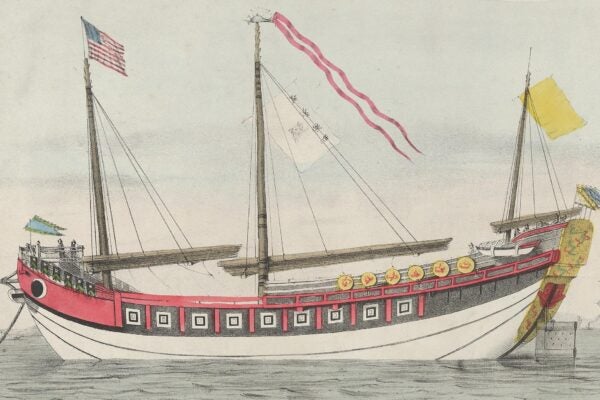Extra Credit: Our pick of stories from around the web that bridge the gap between news and scholarship. Brought to you each Tuesday from the editors of JSTOR Daily.
How resilient are we really? (Quartz)
By Olivia Goldhill
How hard is it to recover from a traumatic event? Harder than we thought, according to a new paper, which argues that many people are not naturally resilient to shocks like divorce and unemployment.
Quest for the Tully monster (The New York Times)
by Nicholas St. Fleur
For 58 years, the Tully monster has puzzled scientists. Fossils of the extinct creature suggest a Dr. Seuss illustration more than any likely close relative. Now, though, a new paper reveals the truth about the monster.
Vladimir Putin’s job security (The Washington Post)
By Nelli Babayan
Researchers have found that there are a few ways autocrats like Vladimir Putin get pushed out of power. But the current situation in Russia doesn’t make any of them particularly likely any time soon.
The real reason women leave their jobs (New York Magazine)
by Ann Friedman
Do women leave their jobs for greater flexibility to raise a family? Not so much, according to a recent global study. The good news is, the findings suggest a simple way for companies to retain female employees.
How can we tell how often police killings happen? (Pacific Standard)
By Nathan Collins
The simple question of how many people in the U.S. are killed by police each year is surprisingly hard to answer with existing data sources. But that could change.
Have you seen a story online that does a good job of bridging the gap between the news and scholarship? Or something that seems particularly well-researched? Let us know and we may include it in next week’s roundup. Email us at jstordaily_submissions (at) jstor (dot) org.






